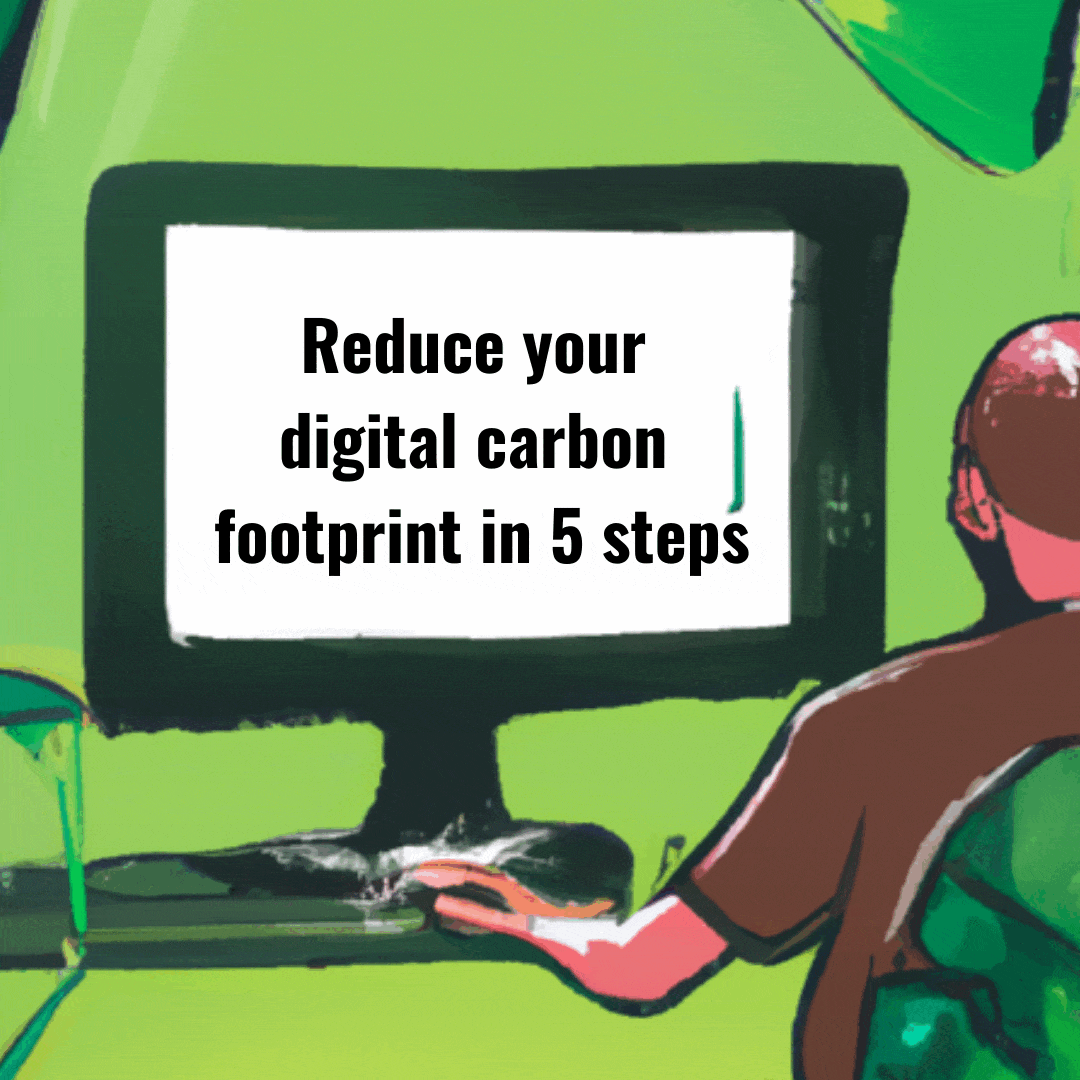Our carbon footprint tends to be estimated based on how much electricity we use or how long we commute each day, when the fact is that our social media habits are also a significant contributor. We can be eco-friendly citizens by being made aware of how internet pollution has a negative impact on the environment. Most likely, you’ve already sent an email, posted a photo on Facebook, or attended a WebEx meeting by the time you read this post.
Online activities release a few grams of carbon dioxide into the atmosphere each time they are performed. Since fossil fuels are mostly used for powering devices and networks, even the smallest online activity – such as a search query – can produce anywhere from 0.2 to 7 grams of carbon dioxide emissions (Ho, 2020). Digital activities are performed by so many people every day that even a few grams can have a significant environmental impact.
There is a very simple reason why every ‘like’, ‘comment’, ‘retweet’, and ‘post’ contribute to internet pollution: internet use requires electricity, and electricity is still mostly derived from fossil fuels, which causes considerable quantities of CO2 emissions. Take into consideration the energy required to recharge a smartphone, and more importantly, the intensive energy needed to power data centers and servers.
The good news is that reducing one’s online carbon footprint is not difficult. Being a greener digital citizen is as simple as these five steps:
- Don’t send pointless “thank you” emails and unsubscribe from mailing lists you immediately delete;
- In Zoom meetings, turn off the video;
- Send fewer selfies: SMS texts are the most environmentally friendly way to communicate since they emit only about 0.014 grams of carbon dioxide per message;
- Stream video over WiFi, as using the smartphone to stream videos not only more expensive but also more energy-intensive;
- Instead of replacing your electronics, repair them.

Considering all the above reasons, we decided and agreed as a group to not create actual social media accounts that will not continue to “live” after this exercise as we are aware of the pollution it would create. Our idea is to simulate the content, the feed and the posts of a real social media, as Twitter or LinkedIn and recreate the same layout and structure of the original social media.
By simulating connections to social networks instead of actually re-posting the content there, our team will reduce the blog’s carbon footprint and remain eco-friendly. Our objective is to keep our online carbon footprint low while discussing social media, “datafication”, and development. Could you think of any other ways to do that?
Read how we create images on SoDaDev
References
Ho, S., 2020. How Much CO2 Does Your Social Media Habit Cost The Planet? New Tool Visualises Emissions From Internet Activity. Green Queen, Accessed October 2022 https://www.greenqueen.com.hk/browser-extension-carbonanalyser-visualises-emissions-from-internet-activity-co2-social-media/

